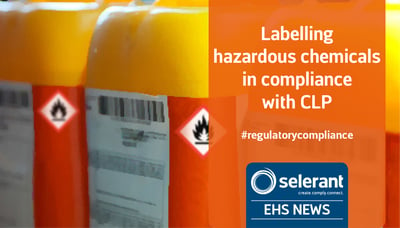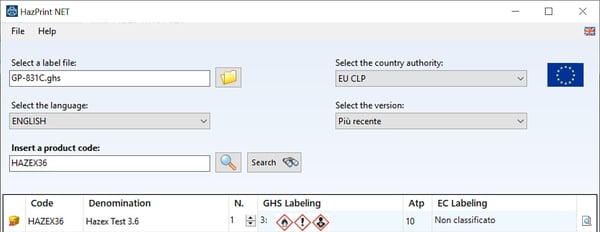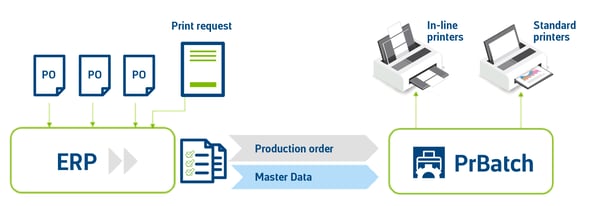
Labelling hazardous chemicals in compliance with CLP
Posted By:
Trace One
 Labelling is a process aimed at communicating hazard to downstream users and consumers. It is a relevant activity for distributors, manufacturers and importers. In EU, this happens in accordance with the CLP regulation.
Labelling is a process aimed at communicating hazard to downstream users and consumers. It is a relevant activity for distributors, manufacturers and importers. In EU, this happens in accordance with the CLP regulation.
Regulation
The regulation specifies the need of applying a label to a chemical product when:
- the substance or mixture is classified as hazardous;
- the mixture contains one or more hazardous substances above a certain threshold;
- the good has explosive properties.
The CLP regulation further details the content and elements of the label, such as:
- name, address and phone contact of the supplier;
- amount of product within the packaging available to the public, when not specified elsewhere;
- product identifiers;
- when needed: hazard pictograms, H and P statements, UFI code and further info from specific regulations and so on.
The Trace One SDS Authoring solution
Trace One SDS Authoring makes label management easy, thanks to a dedicated software suite. An example is HazPrintNET, our solution for a simpler label printing process that takes label data directly from your database, minimising label data entry.

HazPrint NET lets you print hazard label in a fast and reliable way.
For those who use an ERP for managing their labels and label data, PrBatchNET automates label printing while combining hazard and logistic data.

Both solutions come with LabelDrawNET, our label design tool that makes designing label templates easy and efficient.
Beyond CLP
There are further non-EU regulations that have their own requirements concerning labelling of hazardous chemicals. HazPrintNET and PrBatchNET let you manage these needs too, by connecting with Trace One SDS Authoring modules that implement other non-EU hazard regulations.
To know more about Trace One SDS Authoring Professional, Trace One SDS Authoring Corporate and HSM, get in touch with our Customer Service: EU-customer-service@selerant.com